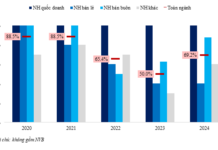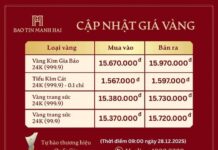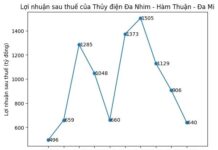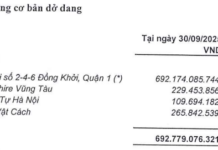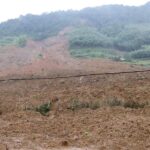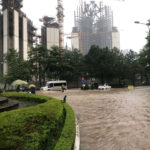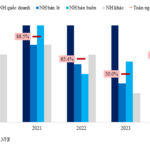Early mornings, after every rainfall, the locals of Giang town, Lam Thuy, and Thai Thuy in Le Thuy district, Quang Binh province, venture into the melaleuca forests to forage for mushrooms.
According to locals, melaleuca mushrooms grow on old melaleuca leaves or rotten tree stumps. These mushrooms sprout naturally after the rain and cannot be cultivated. As the mushroom season is short, and the mushrooms wither quickly, the locals must seize the opportunity to gather them.

After heavy rains, melaleuca mushrooms sprout in the vast melaleuca forests of Le Thuy and Bo Trach districts, Quang Binh province (Photo: D.T)
In the melaleuca forest, plump mushrooms push through the carpet of leaves, and Ms. Nguyen Thi Huyen, a resident of Kien Giang town, carefully picks them into her basket. Every year, during mushroom season, she seizes the opportunity to forage in the melaleuca forests of neighboring communes. This activity not only improves her family’s meals but also provides additional income.
“I collect 10-15 kg of mushrooms daily. If I’m lucky and find a mushroom-rich forest, I can gather up to 50 kg. With an average price of 30,000 VND/kg, I earn about 300,000 VND per day, sometimes even close to 1,000,000 VND,” she excitedly shared.
“Every little bit helps,” she added, explaining how the mushroom season provides extra income for buying new clothes and school supplies for her children at the start of the school year.
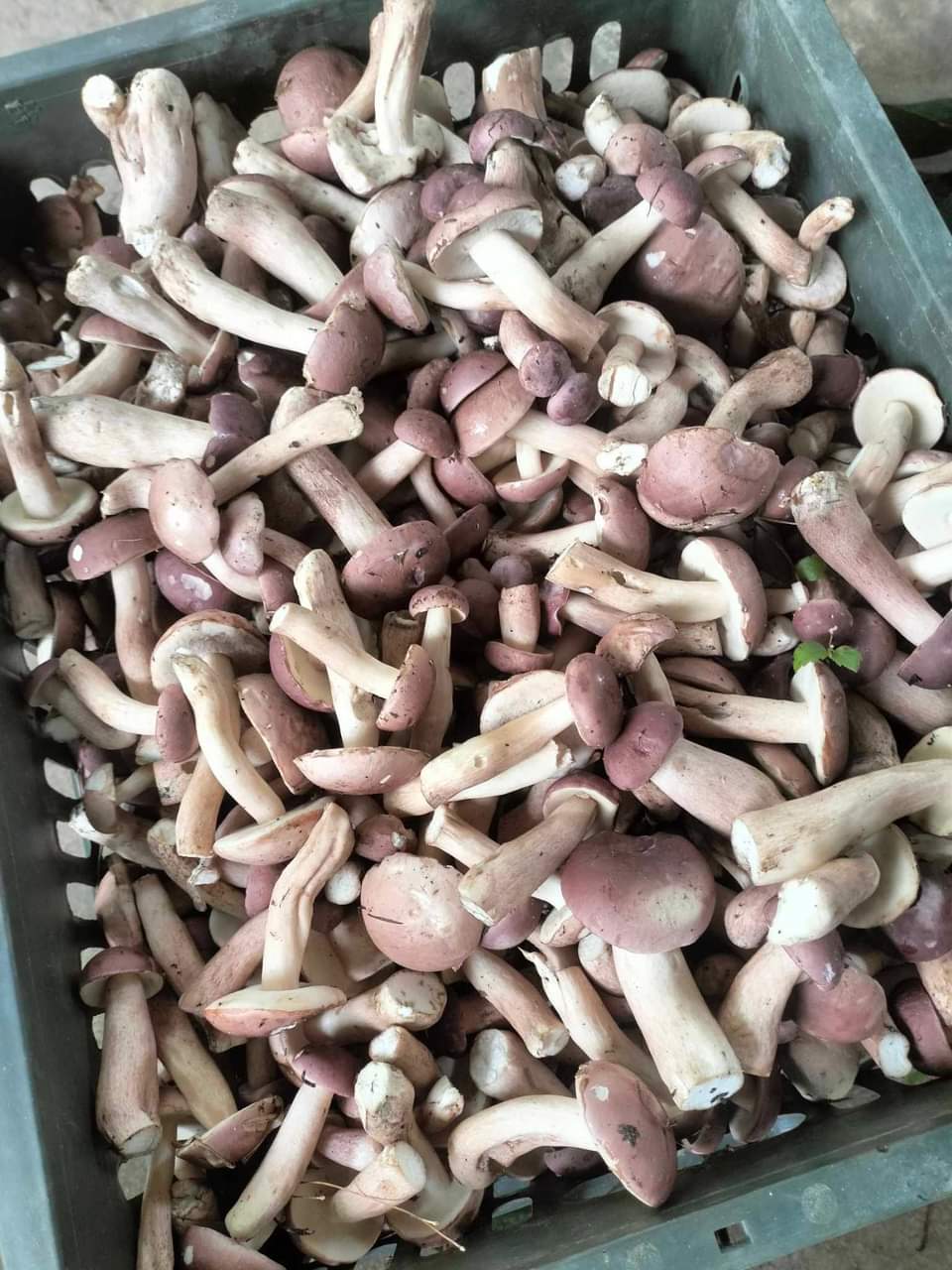
Locals collect plump melaleuca mushrooms.

The mushrooms are sold in the market at an average price of 30,000 VND/kg.
Traders buy the mushrooms directly from the foragers or at the market, where prices start at 30,000 VND per kg and can reach 60,000 VND per kg during peak season.
Melaleuca mushrooms are unique to the provinces of Thua Thien Hue, Quang Tri, Quang Binh, and Phu Quoc, growing on the roots or dry leaves of melaleuca trees. They are characterized by their light purple color and round, short shape.

Locals turn the melaleuca mushrooms into delicious and distinctive dishes.
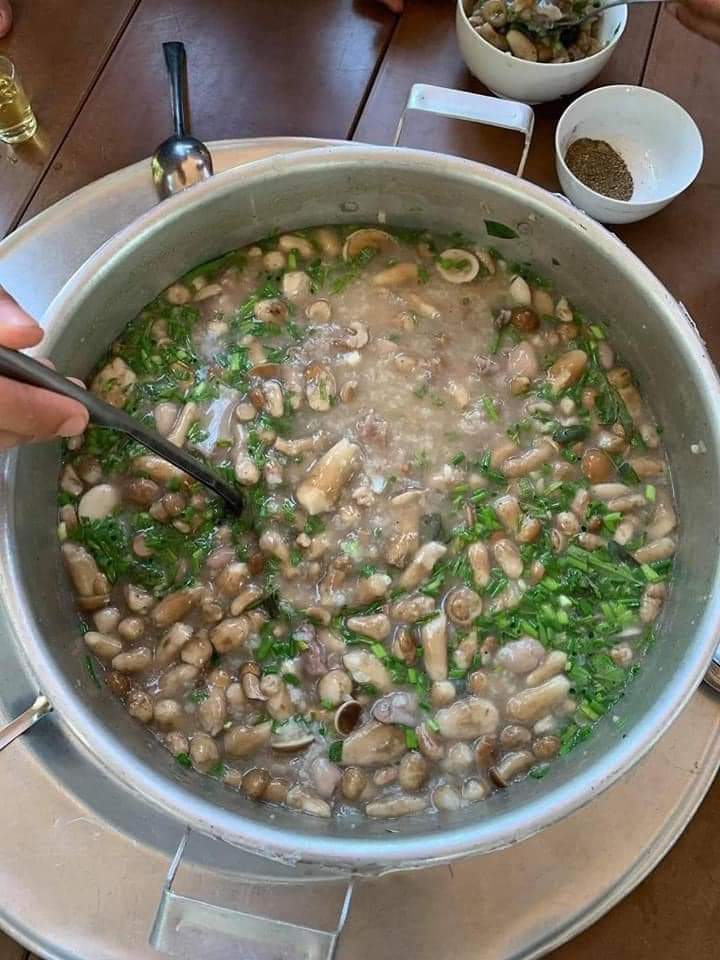
A hearty mushroom porridge is prepared by the locals.
Ms. Tran Thi Thuy, a resident of Thai Thuy commune, Le Thuy district, shared that melaleuca mushrooms usually appear twice a year, around April and July-August in the lunar calendar.
The mushrooms emerge after heavy rains bring relief from the oppressive heat. The season is short, and the mushrooms grow naturally, making it impossible to cultivate them like other varieties. This gives melaleuca mushrooms their distinctive bitter taste and adds to their allure and rarity.
“Because the mushrooms are seasonal, people have come up with ways to preserve them for longer,” Ms. Thuy added, explaining how locals blanch and freeze the mushrooms to enjoy them throughout the year.
According to locals, melaleuca mushrooms are versatile in the kitchen. They can be cooked with taro leaves or squash tendrils, stir-fried with shrimp, made into a porridge with fresh fish, or stir-fried with meat. Despite their bitter taste, dishes made with melaleuca mushrooms are favored by many.
The Cold Front Brings Heavy Rain: Stay Alert for Flash Floods and Landslides in Northern Mountainous Regions
As of September 23, 2024, at 7 a.m., the reported damage inflicted by Typhoon No. 4 was significant. The Vietnam Dyke Management and Flood Control Department reported three fatalities in Nghe An province, where flash floods swept away residents, and their bodies have now been recovered. The storm also left 261 homes damaged across central provinces, with the highest number in Thanh Hoa (113), followed by Nghe An (93), Ha Tinh (26), Thua Thien Hue (12), and Quang Nam (17).
The Devastating Impact of Storm No. 4: Flooding, Landslides and Road Disruptions Wreak Havoc in Central Vietnam
As of 5 p.m. on September 19, according to the Department of Dike Management and Disaster Prevention, under the Ministry of Agriculture and Rural Development, heavy flooding caused by Storm No. 4 has resulted in 77 localized areas of inundation and isolation across various central provinces and cities in the region.
The Devastating Floods in Central Vietnam: An Ongoing Crisis
In the province of Quang Binh, over 1,000 households were deeply affected by the floods. Ha Tinh experienced serious landslides, and local authorities swiftly evacuated many residents to safer grounds. In Nghe An, the flash floods took a tragic toll, claiming one life, and the rising waters of rivers and streams caused extensive flooding in numerous areas.






